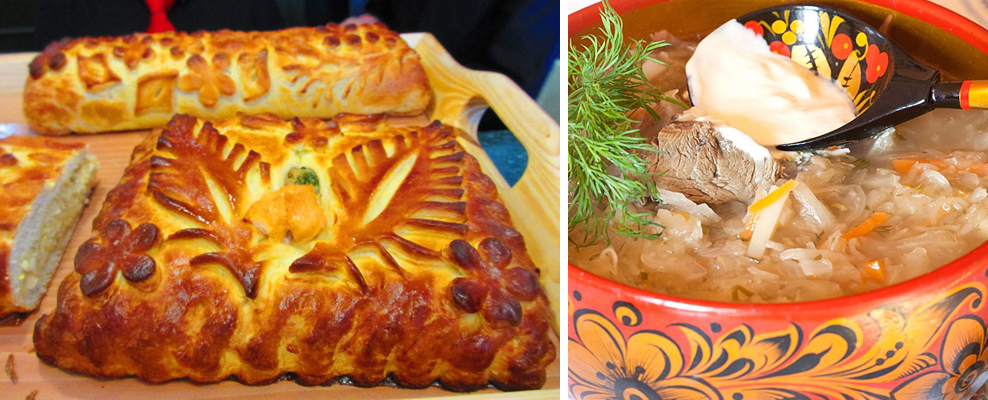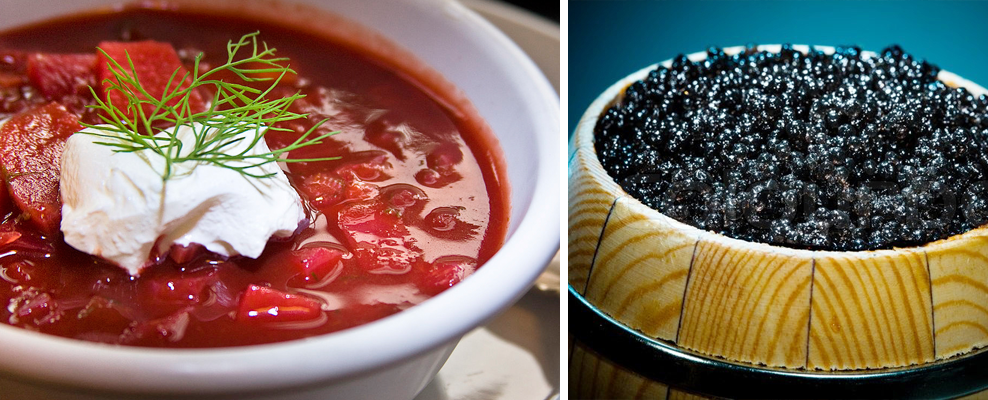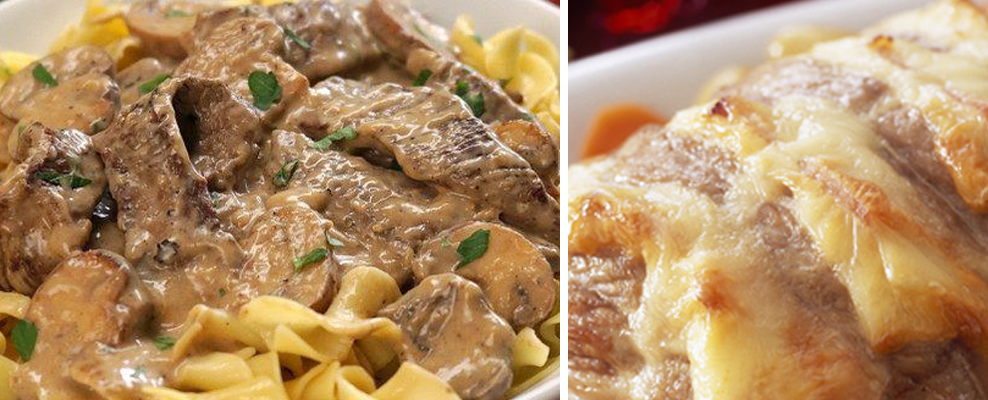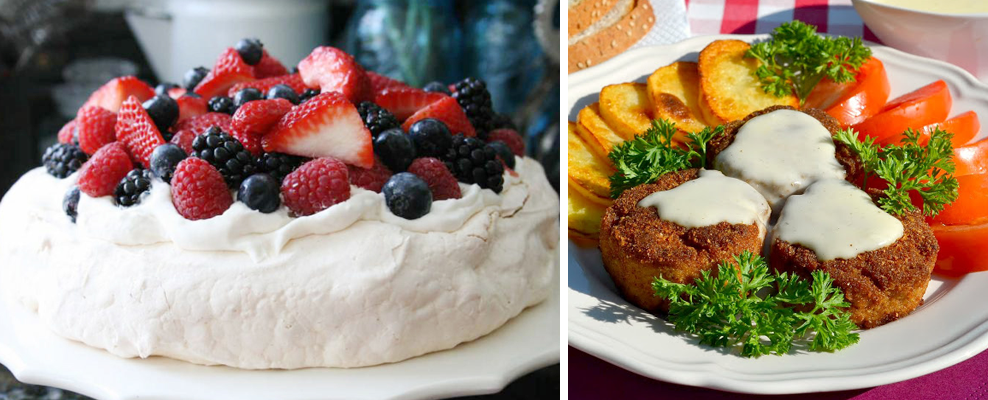The Russian Food Festival, held at The Swissotel, was perhaps the first ever Russian food promotion in the city. It is a matter of surprise as Russia has a rich food culture, spanning many centuries and has contributed great dishes to the European/Global Food Scene.
Let us take a Culinary Walk through the annals of Russian Food History, Traditions and Culture.
The ‘Russia’ of old was a vast and very cold country. So talking of ‘Russian Food’ is like saying ‘Indian Food’, ignoring the distinctive regional cuisines and specialties. Thus ‘real’ Russian Food would encompass all the regional cuisines. For the sake of brevity, do forgive my inability for the moment to go in to the details of Russian Regional Cuisines. We shall simply talk about ‘Russian Food’.
All cuisines evolve based upon the various factors like climate, local produce, cultural aspects, introduction of new ingredients over a period of time and the influence of countries with shared borders and the efforts of certain important personages. Traditions have deep roots but evolution is a continuous process.

Perhaps it is convenient if we start our Russian Culinary Journey from the period between the 9th and the 16th centuries – the time of ‘The Old Russian Cuisine’. The basics were bread, grain-based meals and farinaceous products. Baking is an old Russian tradition and women baked – besides the breads – pies, pastries and pancakes. Pies were stuffed with poultry, fish, meats, cheese, mushrooms, berries, vegetables and even Kasha (a porridge-like staple, made with grouts of various cereals). Kasha was a ceremonial must – a symbol of wealth and well-being. There are many proverbs, songs and fairy tales about Kasha. “Kasha is on the spoon, baby will walk soon.” “A Russian cannot be full-fed without Kasha.” There was a special holiday consecrated by the church – ‘Babya Kasha’ (Women Kashas). You cannot imagine Russian Cuisine without Kasha made in various ways. During the period we are talking about there was also the introduction of Italian Pasta – brought along by some Italian workmen − and ‘Oriental’ dishes like Noodles and Pelmeni ( dumplings) which later became Russian dishes. The vegetables in greater use included cabbage, turnips, cucumbers, peas and radish. Along with Kasha the other ever-present dish was Shchi (Cabbage Soup). “All a Russian needs is Shchi and Kasha.” In many homes a pot of Shchi with cabbage and onions – the wealthy people added beans/sausages/other things, which stayed on the back burner, simmering throughout the day, till it came on the table – “..a soup which sticks to the ribs and wakes the taste buds.” There are said to be over 1,000 Shchi recipes. Honey and berries were very popular. Butter and Cream were quite unknown.

Peter the Great – he ruled from 1682 to 1725 – had a French chef in his court. It was also during his rule that Russians started serving meals course by course and not all-at-once. The 17th century also saw the introduction of Black Caviar, Raisins, Jellied Fish, Roast Meats, Poultry, Game, Ham and Corned Beef and Hotpots. A number of soups were also added to the repertoire of the Russian Cuisine. It may be worthwhile mentioning here that Russians are the greatest Soup-drinkers in the world with Shchi, and Borscht (made with beet and various meats) being the flag bearers of a vast range of soups. There is no other region or nation in the world which makes more soup than the Russians.
Catherine the Great was the Russian Empress for around 30 years, till her death in 1796. “From the time of Catherine the Great, every family of influence imported both the products and the personnel – mainly French and Austrian – to bring the finest, rarest and most creative foods to their table. This is no more evident than in the exciting, elegant, highly nuanced and decadent repertoire of the Franco-Russian chef. Many of the foods that are considered in the West to be traditionally Russian, actually come from the Franco-Russian cuisine of the 18th and the 19th centuries, and include such famous dishes like Veal Orloff and Beef Stroganoff.”

Veal Orloff – or Veal Orlov – was created in the 19th century by Chef Urbain Dubois, who was employed by Prince Orloff, former Russian ambassador to France and named after his employer. Beef Stroganoff or Beef Stroganov, was also created in the 19th century. It was named after some member of the important Stroganov family, perhaps diplomat Count Pavel Stroganov, or Alexander Grigorievich Stroganoff of Odessa.

Perhaps, the greatest accolade to a person/place can be to have a dish named after them. Some of the best-known famous Russian Cuisine named after people/places include: PAVLOVA– a meringue-based dessert – is named after the Russian dancer Anna Pavlova. OLIVIER SALAD was made by the Belgian chef Lucien Olivier when he was serving with the Hermitage Restaurant of Moscow in the 1860s. It is a global favorite and is more popularly known as RUSSIAN SALAD. The ALEXANDERTORTE is named after Tsar Alexander I. CHARLOTTE RUSSE, a dessert was also probably named after Tsar Alexander I by a famous chef in his service, Marie Antoine Careme. LOBSTER DUKE ALEXIS was created for the visit of Russian Grand- Duke Alexis to the U.S.A in 1871. Two chicken dishes are known as CHICKEN DEMIDOFF and named after the Russian Prince Anatole Dermidoff and were created in the 19th century. There are Red Snapper and Rissole dishes which carry the Dermidoff name. VEAL CUTLETS POJARSKY are said to have been created and named after Pojarsky who was a cook employed by Tsar Nicholas I.
The Russian Food Festival at Swissotel showcased many stars of the Russian Cuisine prepared by chefs Alina Kaminskaya and Sergey Maksimov under the umbrella of Executive Chef Pranay Kumar Singh and his team. Thank you Swissotel for giving Kolkata the first ever serious taste of the Russian Cuisine.
